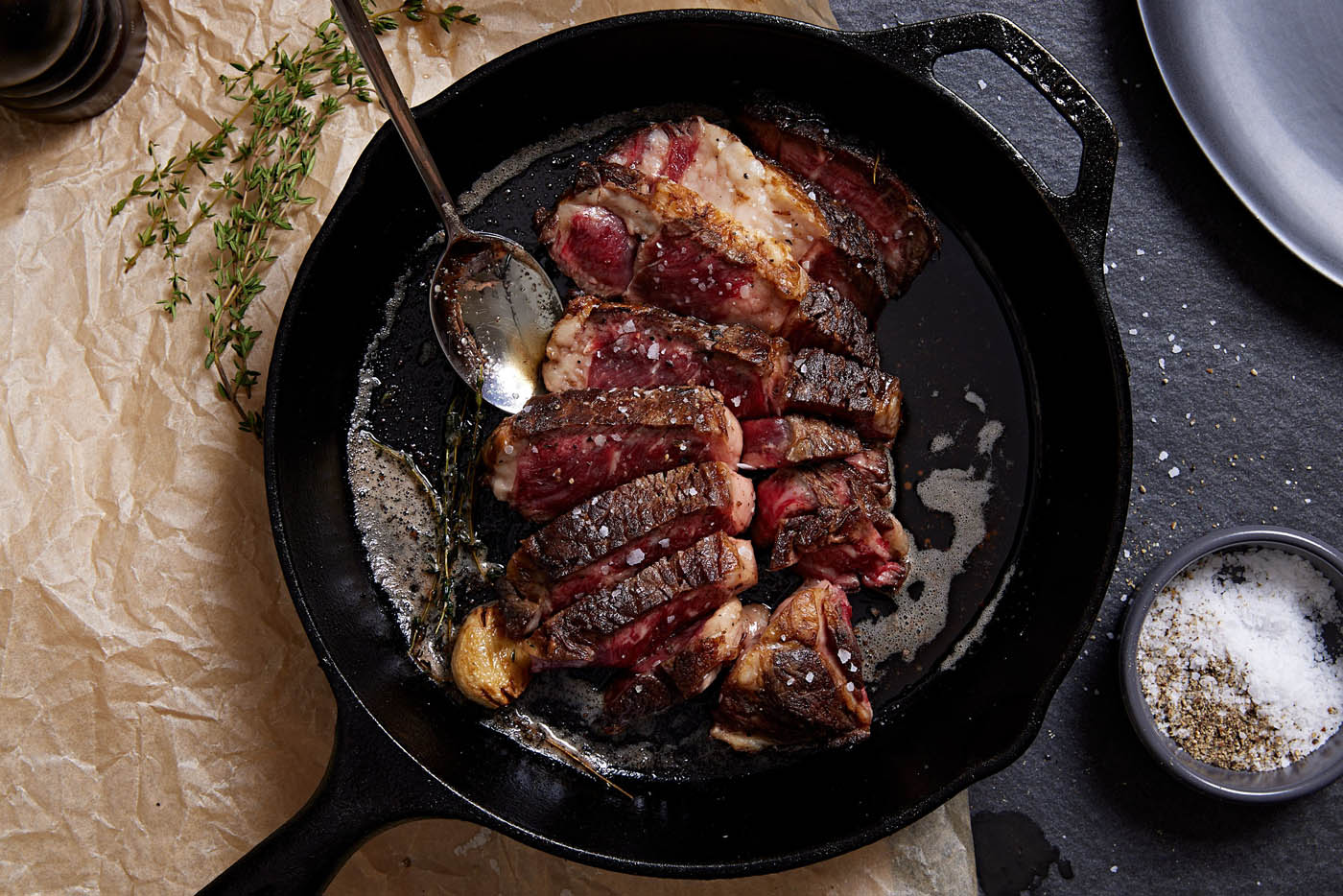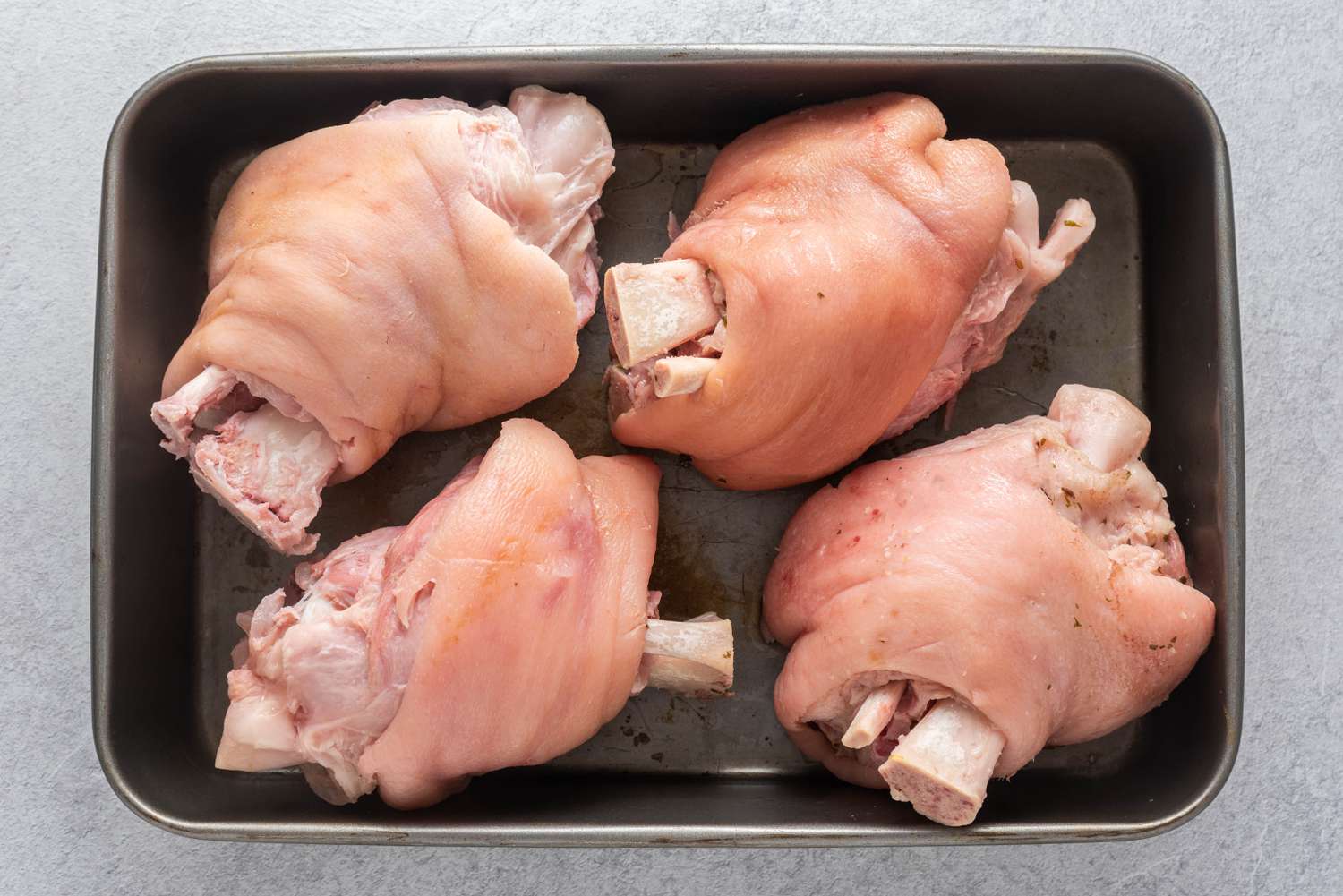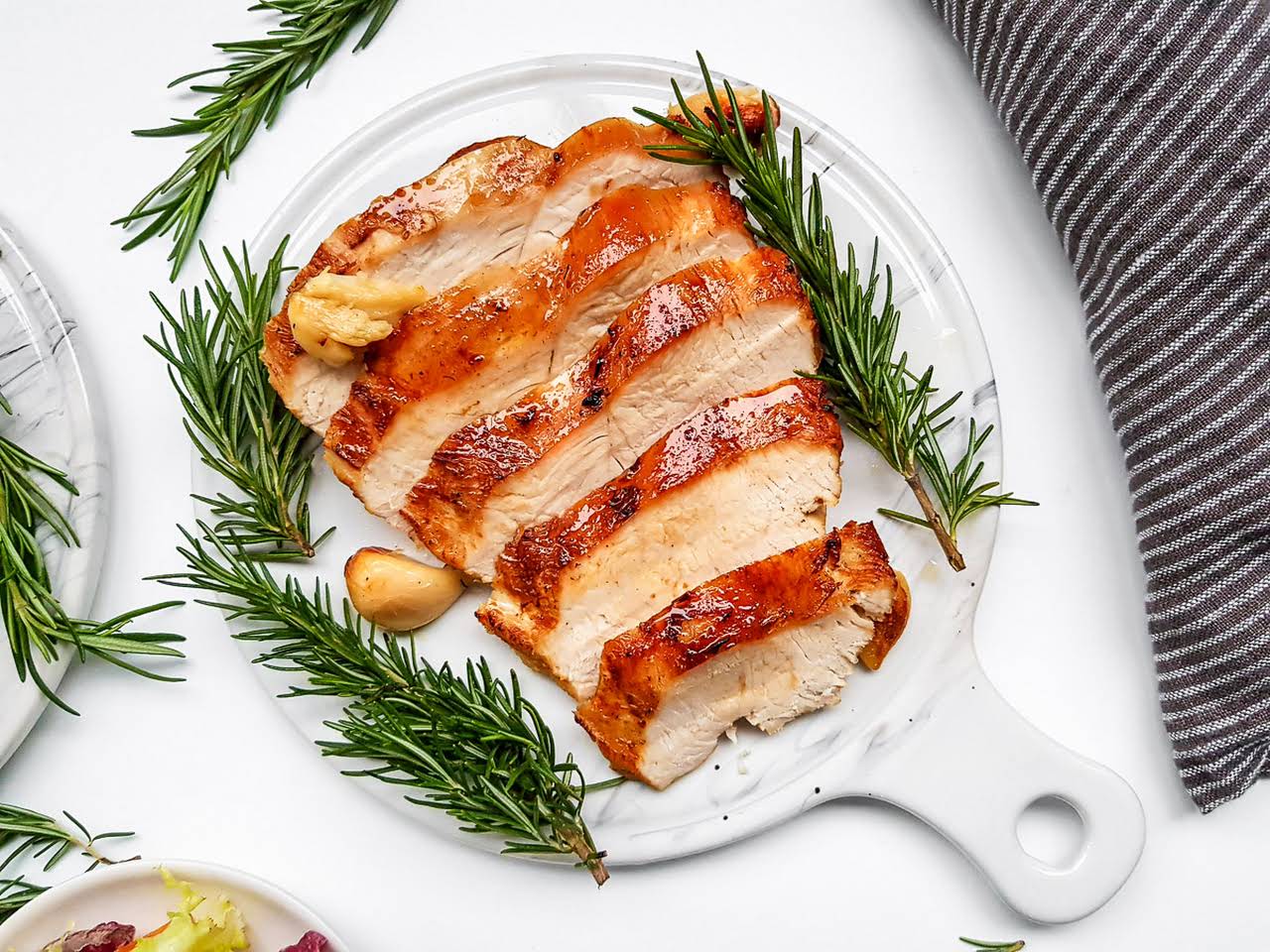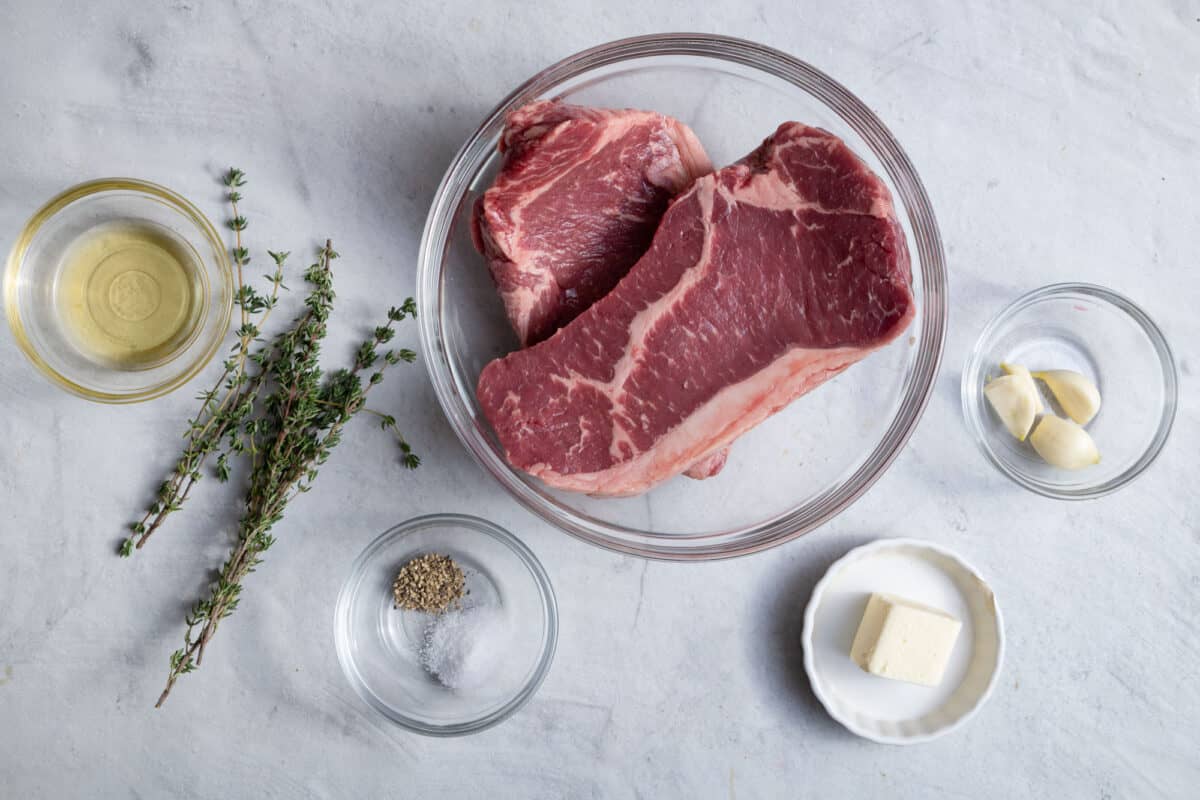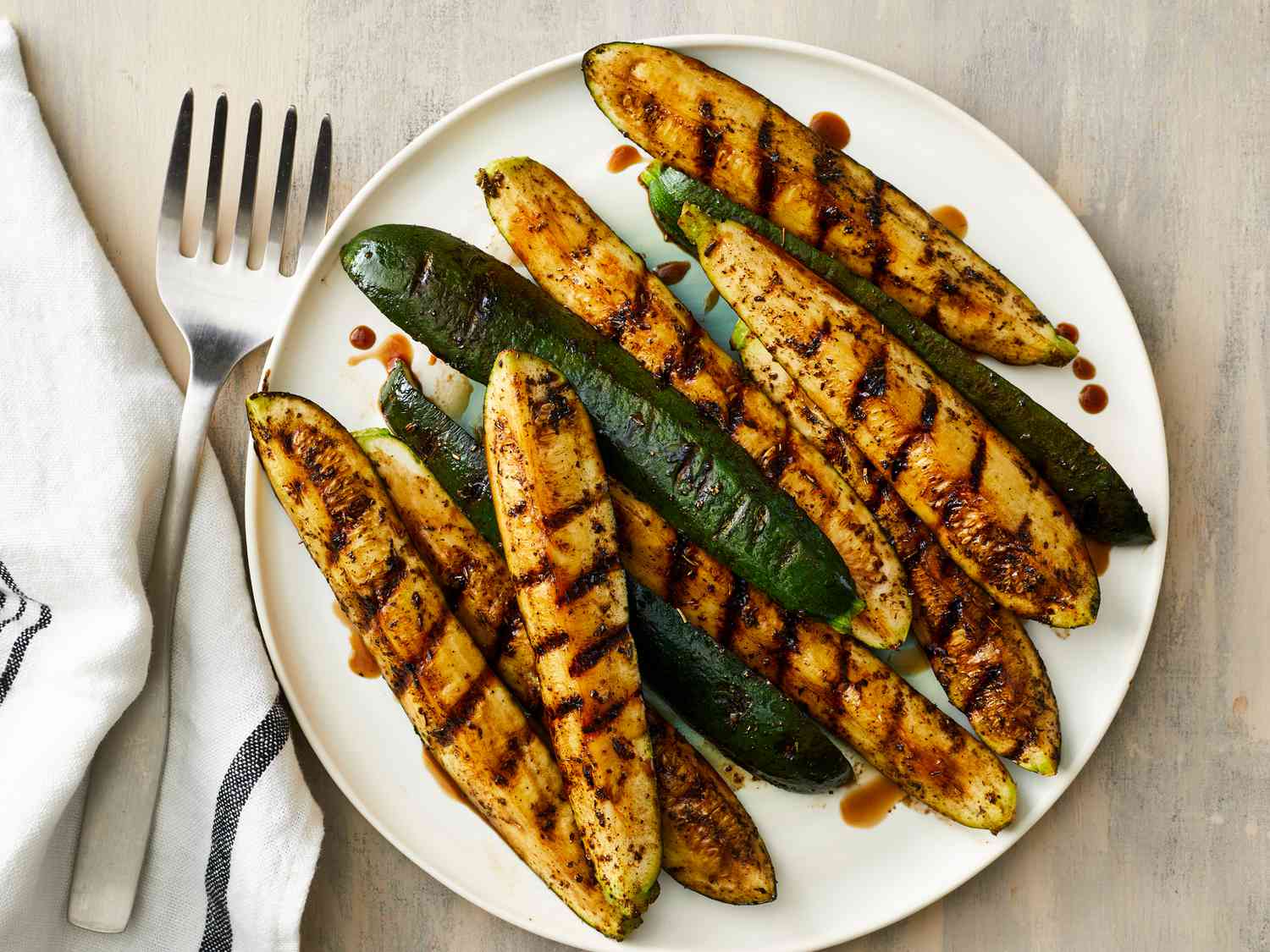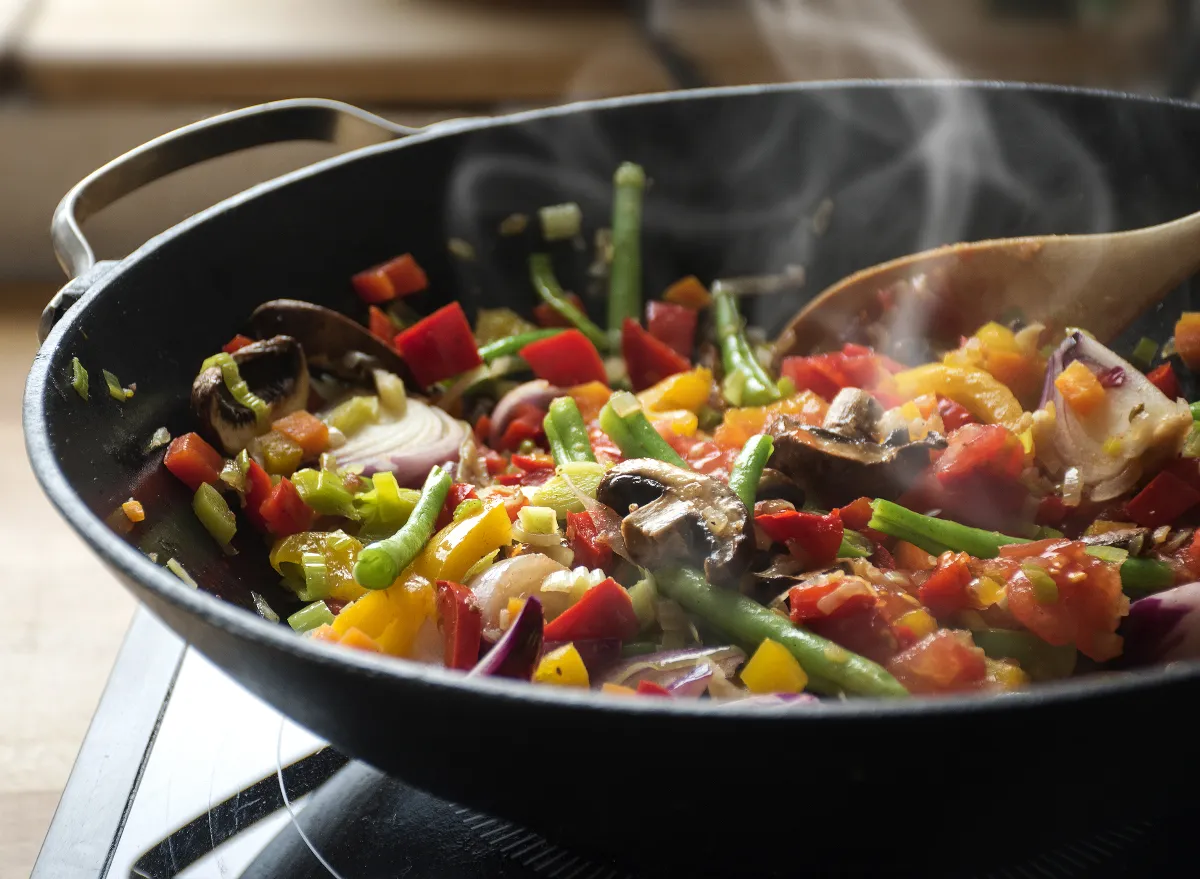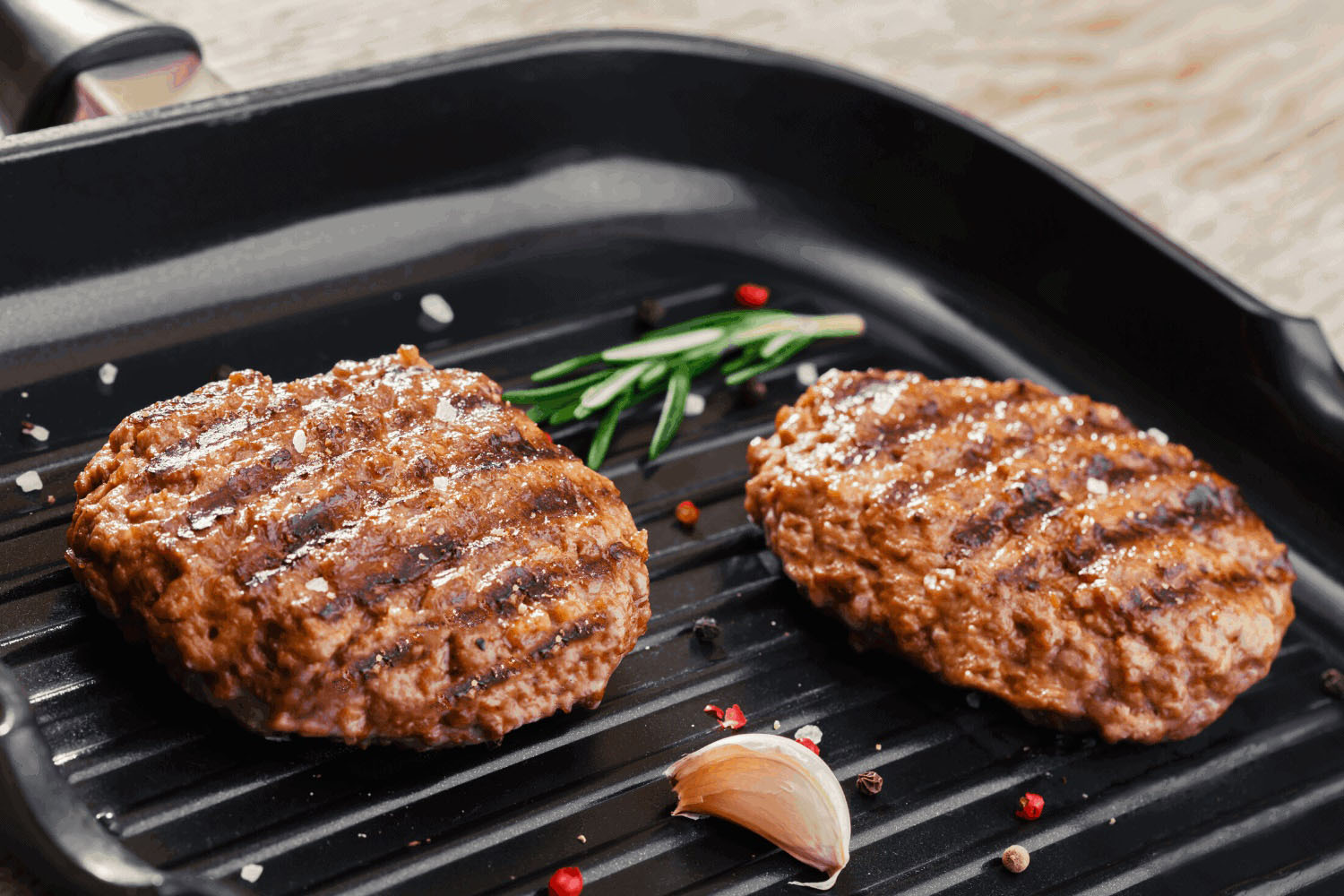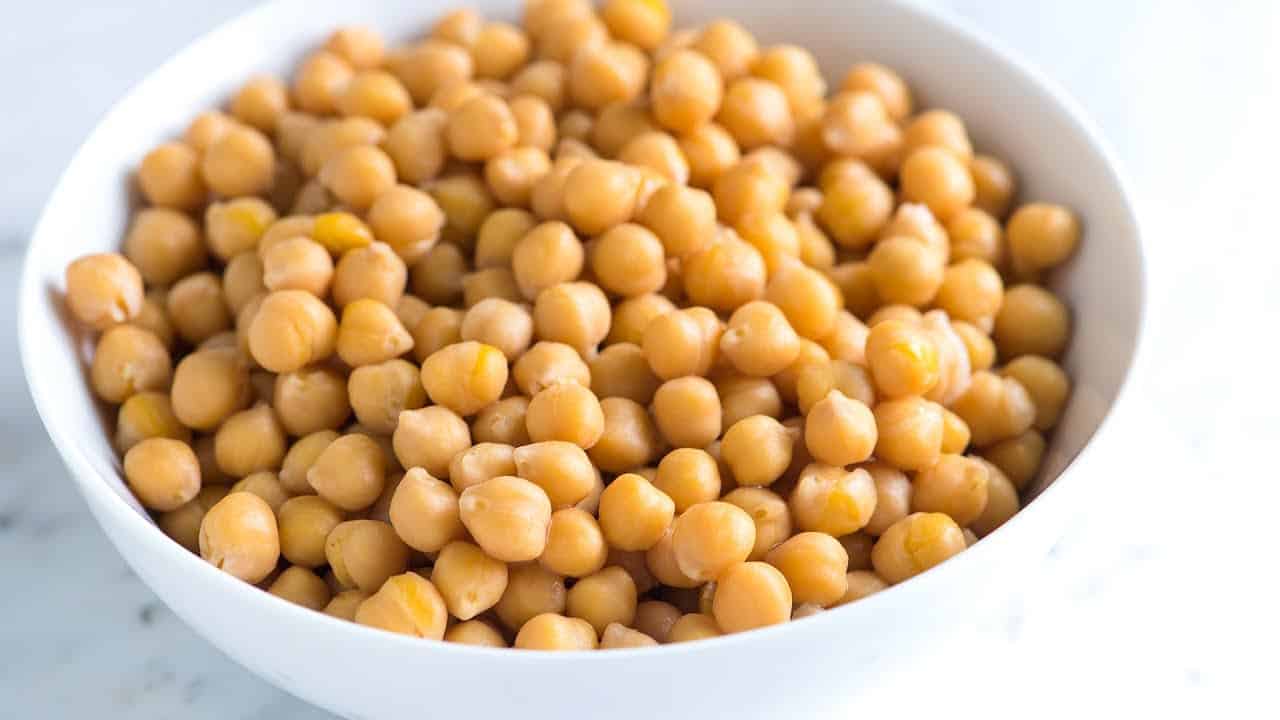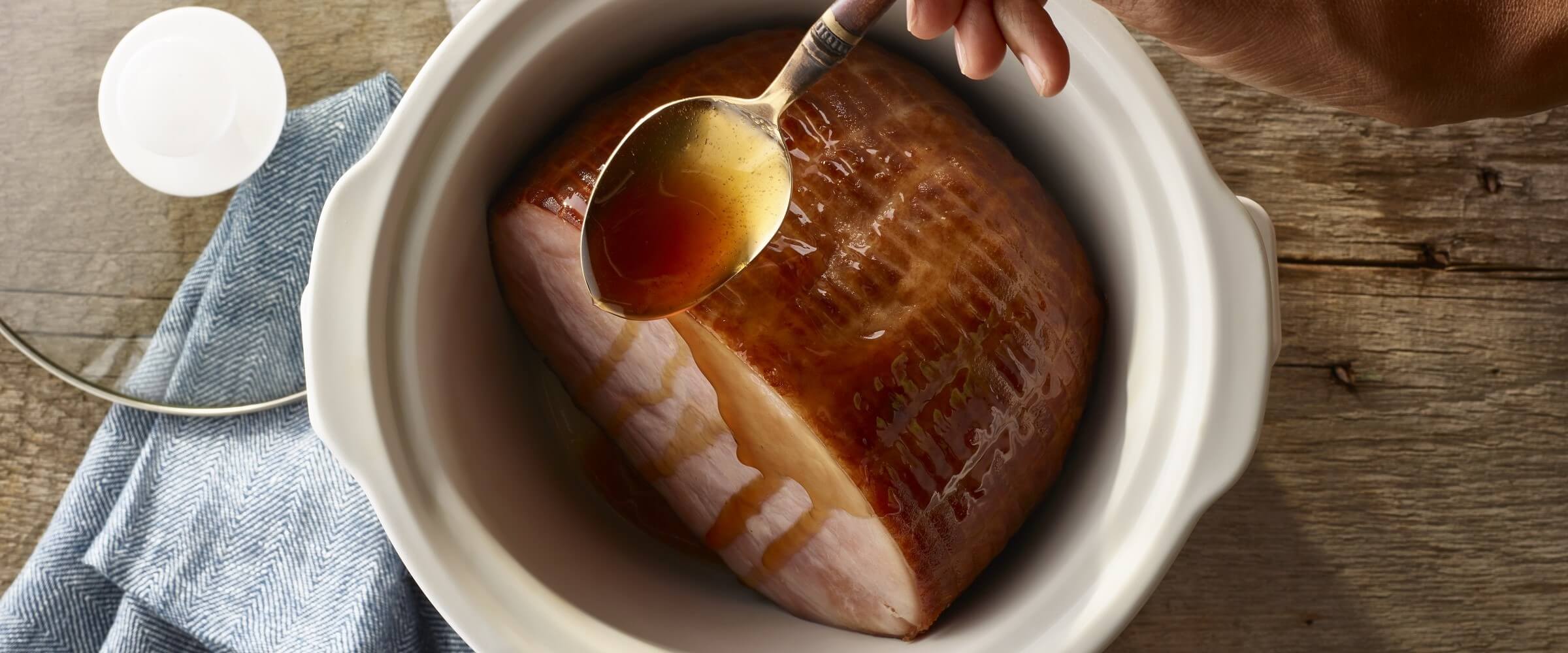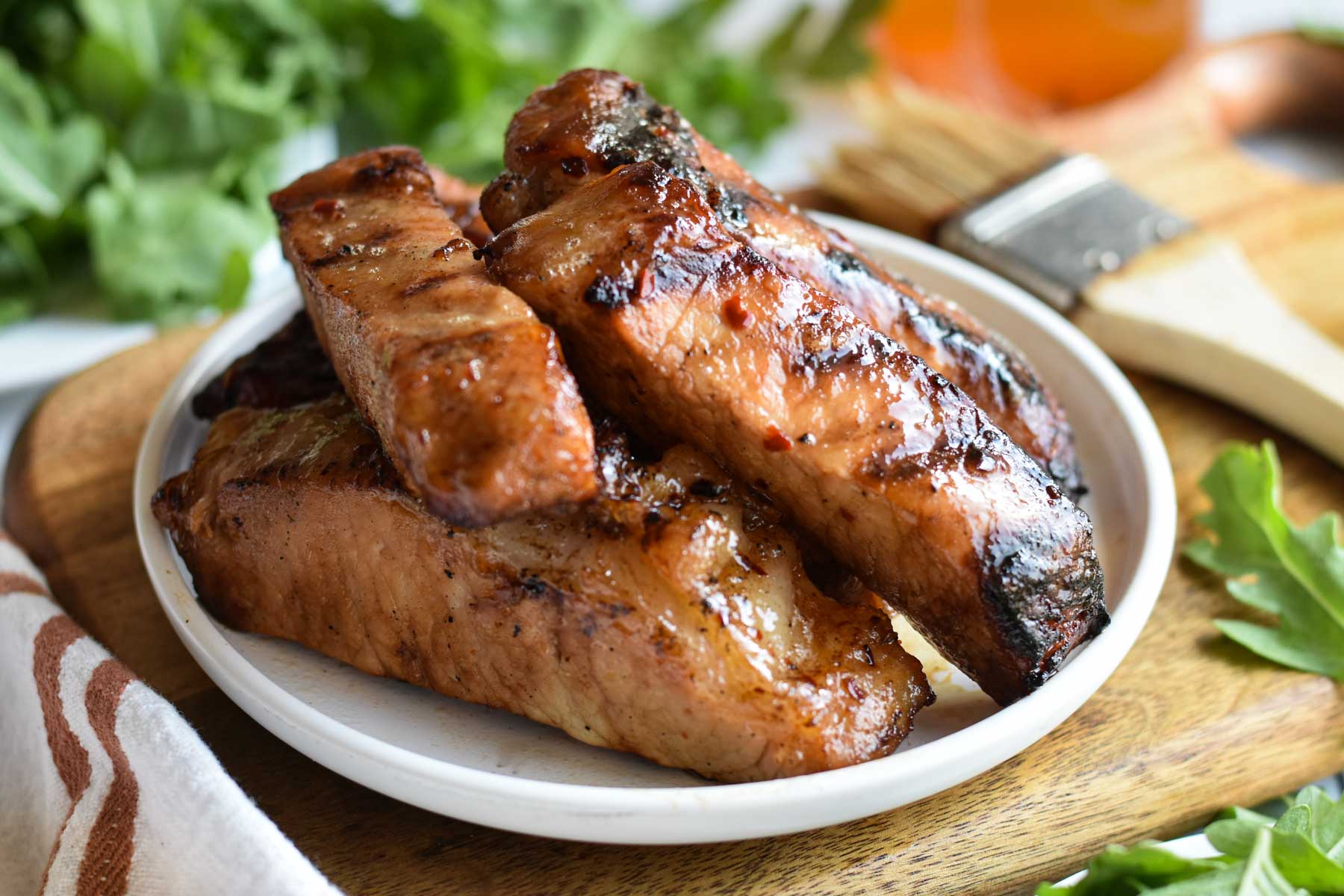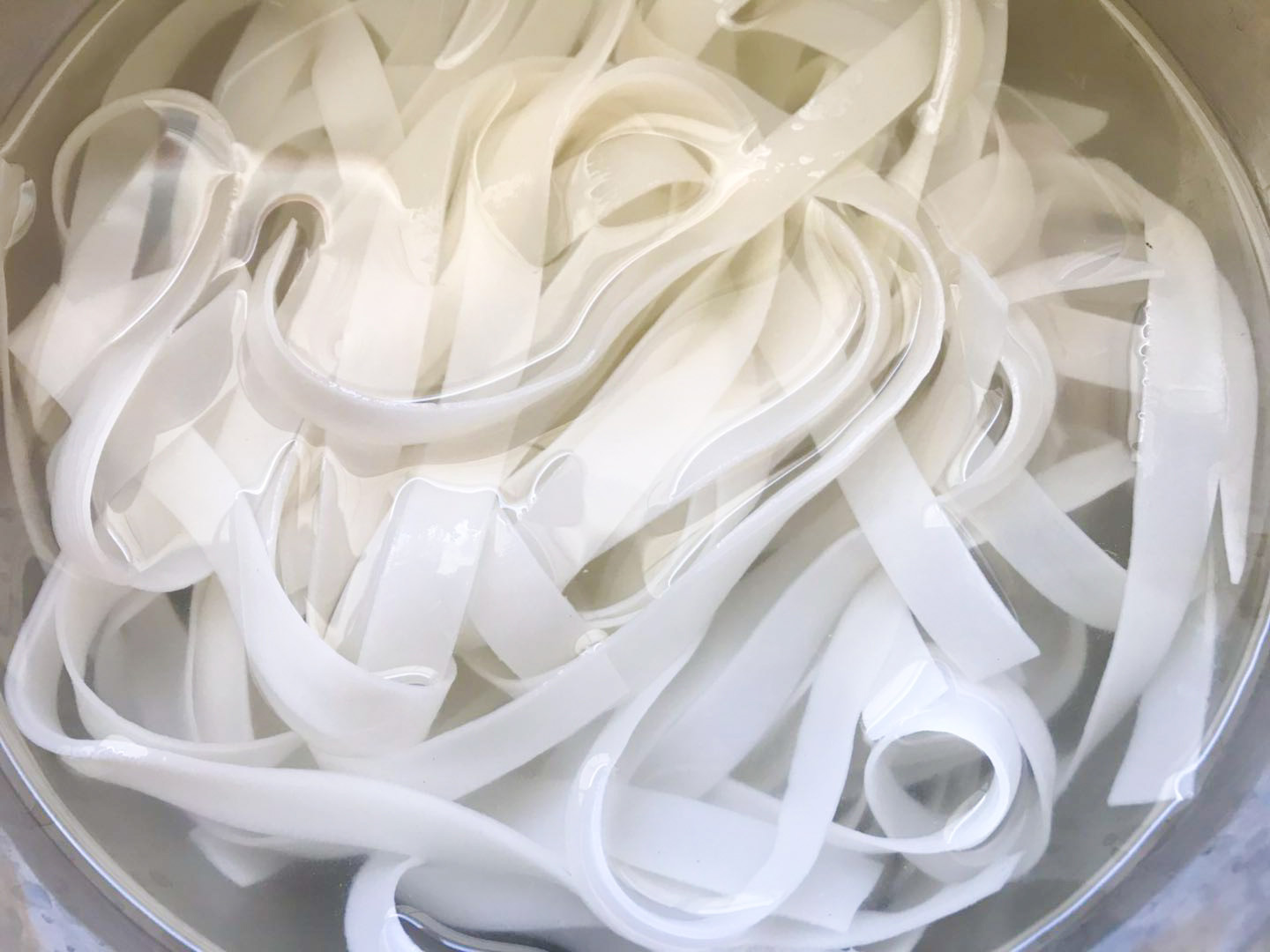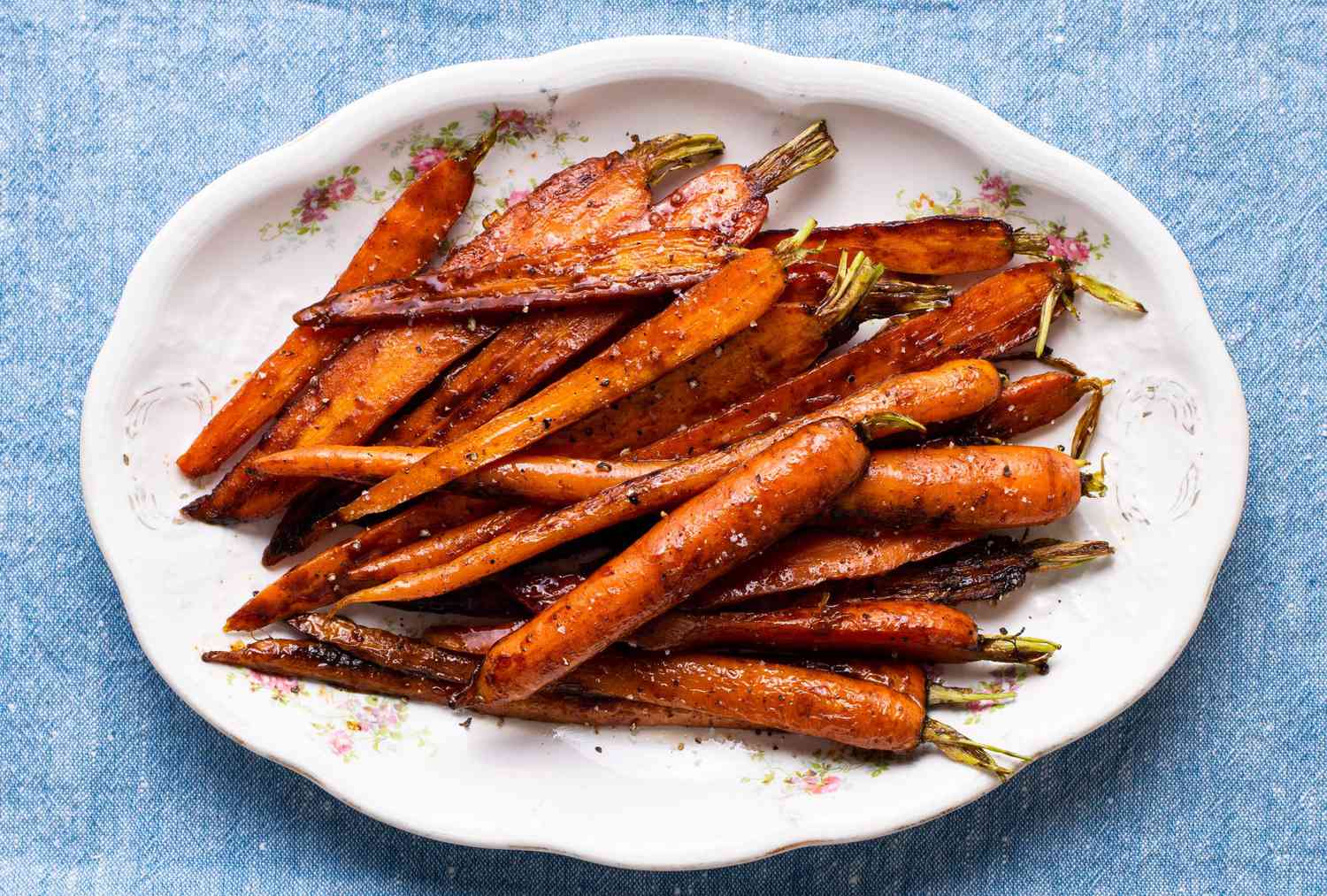Cooking Tips for a Small Butterball Turkey
Thanksgiving is just around the corner, and for many people, it wouldn’t be complete without a delicious roast turkey on the table. If you’re cooking for a smaller gathering or just prefer a smaller-sized bird, a small Butterball turkey is a perfect choice. Here are some cooking tips to help you create a mouthwatering Thanksgiving centerpiece:
1. Thawing the Turkey
Before you can start cooking, it’s essential to ensure your small Butterball turkey is properly thawed. Remove the turkey from the freezer and place it in the refrigerator for approximately 24 hours per 4 pounds of turkey. Remember, a small Butterball turkey typically weighs around 10 pounds, so allow around two days for proper thawing.
2. Preparing the Turkey
Once your turkey is fully thawed, it’s time to prepare it for cooking. Begin by removing the neck and giblets from the cavity. Rinse the turkey thoroughly inside and out with cold water and pat it dry with paper towels.
To add flavor and moisture, consider seasoning the turkey. You can use your favorite blend of herbs and spices, such as rosemary, thyme, garlic powder, or paprika. Rub the seasonings all over the turkey, including under the skin for maximum flavor.
3. Cooking the Turkey
Now it’s time to get cooking! Preheat your oven to 325°F (165°C). Place the small Butterball turkey breast side up on a rack in a shallow roasting pan. Insert a meat thermometer into the thickest part of the turkey thigh without touching the bone.
Cooking times can vary based on the size of your small Butterball turkey, so it’s best to rely on the internal temperature. The turkey is safe to eat when the thermometer reads 165°F (74°C) in the thigh and 170°F (77°C) in the breast.
4. Basting and Roasting
To ensure your small Butterball turkey stays moist and delicious, basting is key. Every 30 minutes, use a baster or spoon to drizzle the turkey with its own juices or a basting liquid of your choice. This will help enhance the flavors and keep the meat tender.
For an even roast, rotate the roasting pan periodically during cooking. This will help the turkey cook uniformly and result in a beautifully golden-brown skin.
5. Resting and Carving
Once your small Butterball turkey reaches the desired internal temperature, it’s important to let it rest. Remove the turkey from the oven, cover it loosely with aluminum foil, and let it rest for about 20 minutes. This allows the juices to redistribute throughout the meat, resulting in a more flavorful and juicy turkey.
Finally, it’s time to carve and serve your masterpiece! Use a sharp carving knife to slice the turkey into thin, even pieces. Arrange them on a serving platter and garnish with fresh herbs for an elegant touch.
Conclusion
With these cooking tips in mind, you’ll be well on your way to preparing a delicious small Butterball turkey for your Thanksgiving feast. Whether it’s your first time cooking a turkey or you’re an experienced chef, a perfectly cooked turkey is sure to impress your family and friends. So fire up that oven, follow these steps, and get ready for a Thanksgiving meal to remember!
